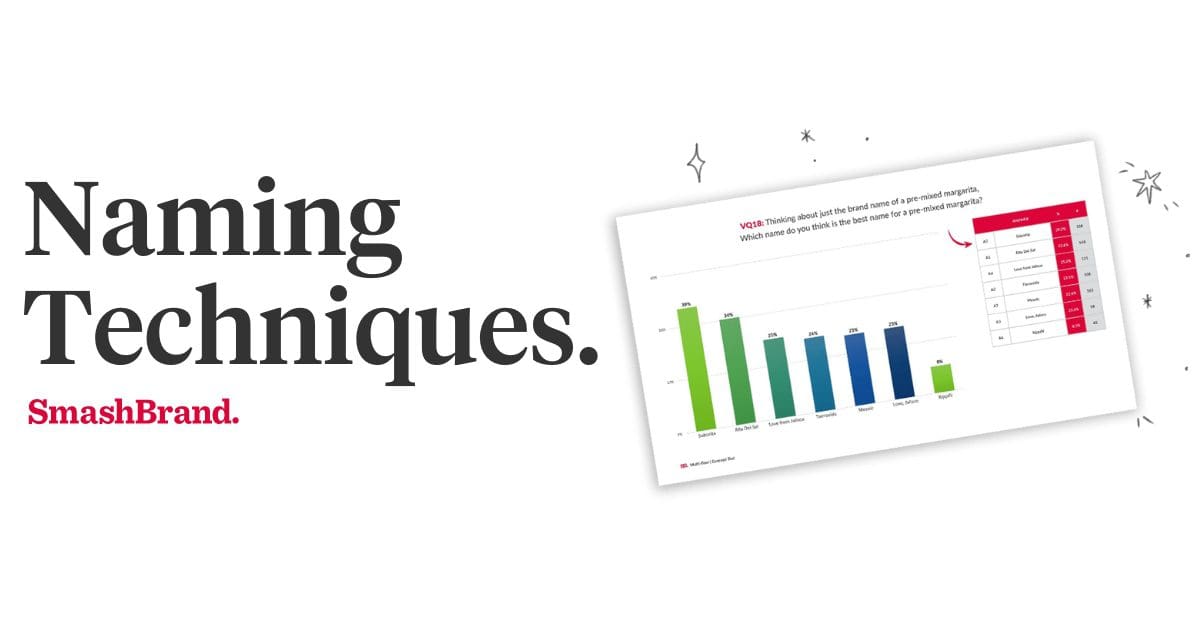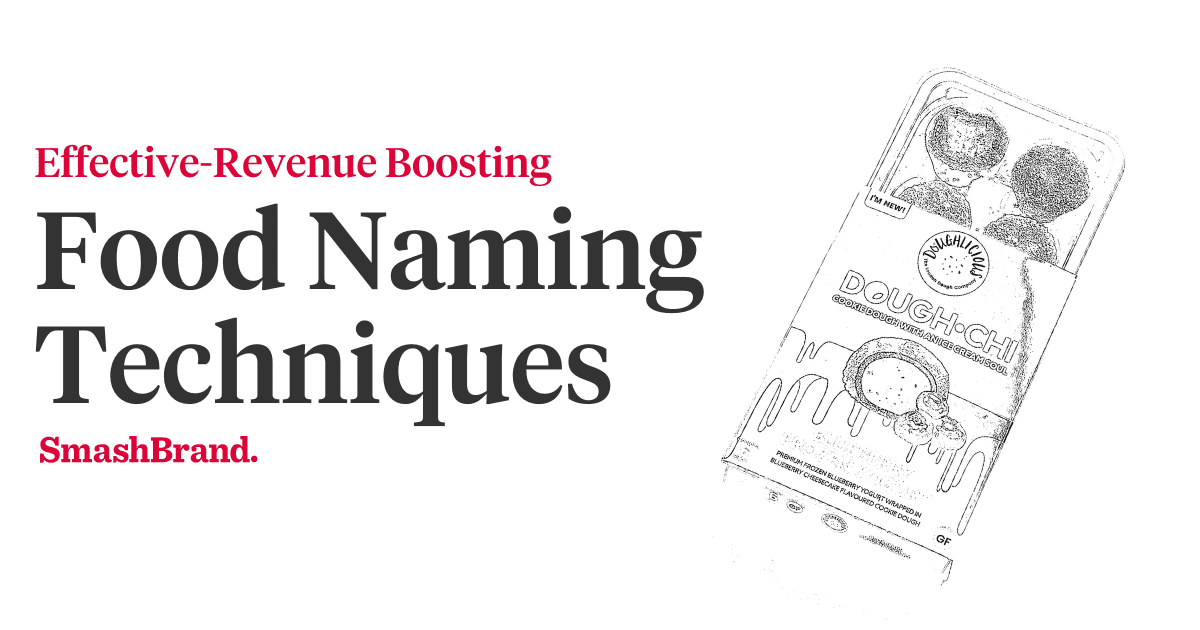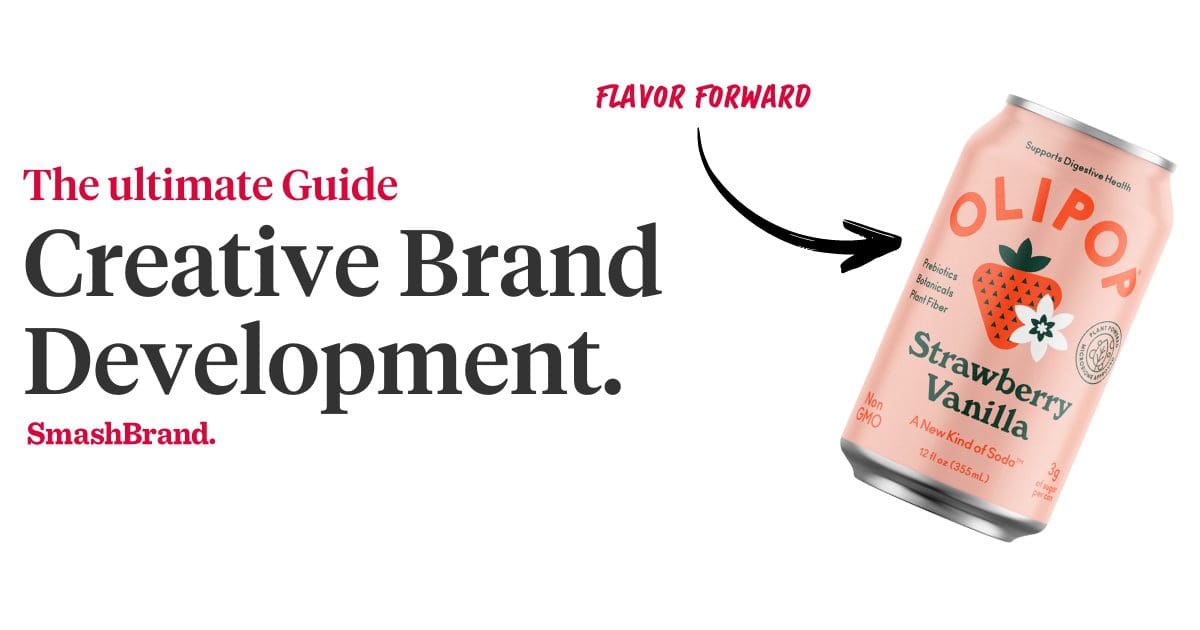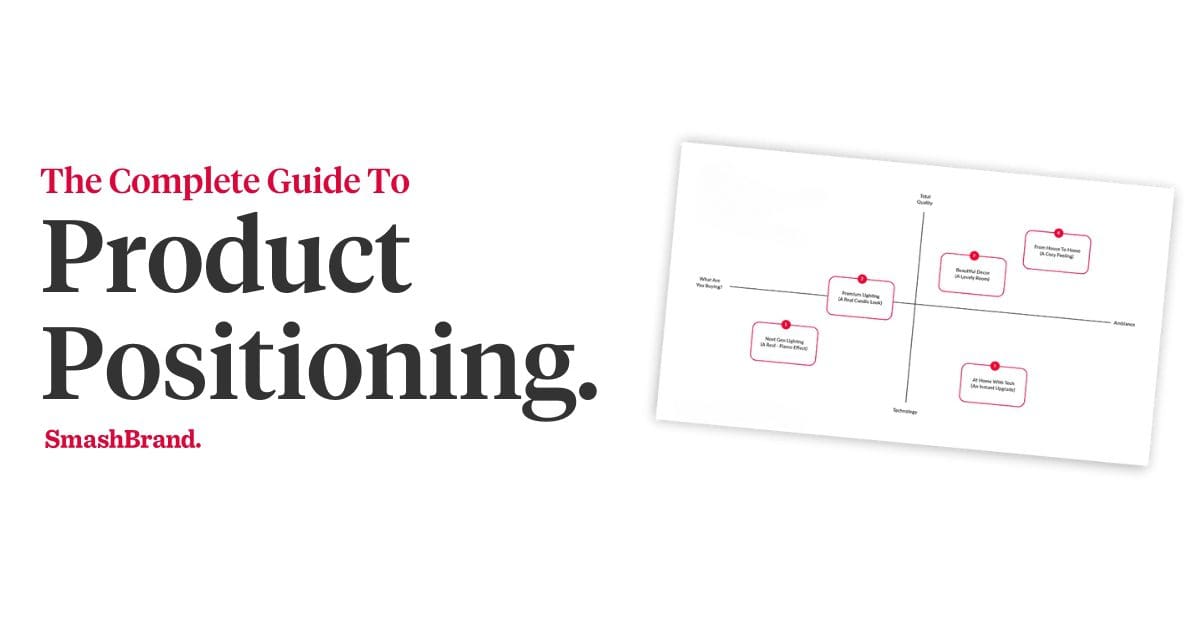Have you ever considered how a name can make or break a brand? Think about the titans of industry and the startups that became household names. All these brands leverage various Naming techniques to lock their place in the consumer’s mind. It is because a name is often the first customer to encounter a brand. It sets the tone for all future interactions.
Picking the perfect brand name is both an art and a science. It involves blending creativity, where every naming method plays a pivotal role in the brand’s narrative. Effective brand naming is not just about sounding catchy; it’s about encapsulating the brand’s essence to resonate with the target audience.
This article explores the secrets of naming techniques and their impact on brand recognition. You will learn the best practices for product naming and how big brands choose names perfectly aligned with their brand strategy. So keep reading to find out!
The Basics of Brand Naming
The brand name is the first contact point between a business and potential customers. It’s not just a tag but a valuable asset for brand recognition. A carefully picked brand name adequately conveys the company’s values, story, and unique selling proposition.
It is the reference point for every customer service interaction. Therefore, choosing a name for your new brand or product must be memorable and pronounceable. It must create a mental image of the brand. Companies may leverage brand naming to shape customer perception.
For example, see how Zevia cleverly combines zero calories and stevia in its name. This creative combination highlights the brand’s key attributes and ingredients. Picking the right name that resonates with potential customers has many advantages. It may convey a sense of reliability, innovation, or luxury before they even experience what’s on offer.
Popular Brand Naming Techniques
Before naming a new product, companies must consider its nature and target market. Selecting the right product naming convention is as essential as the name itself, as it has a lasting impact on a brand’s perception and success.
A product naming framework is a creative exercise and a strategic decision that can significantly affect a brand’s success. The following are some popular naming techniques commonly used in the market:
Descriptive Names
Descriptive names are straightforward and tell customers exactly what they are getting without any guesswork. They are like promises, declarations of a product’s benefits or functions. It’s the ‘what you see is what you get’ of business naming, and it can be a powerful tool in a product naming strategy.
Let’s take ‘QuickPrint’ as a hypothetical example. The name immediately tells you that this business offers printing services, and it does so rapidly. But, while clarity is a significant advantage, it also has some drawbacks. A descriptive name may sometimes limit the brand. For example, even if our hypothetical brand, “QuickPrint,” wants to expand beyond printing services, it can’t.
These names are also generic, which makes it challenging to differentiate from competitors who might offer similar products. Now, the question is when to use descriptive names. They are well-suited for companies that want to highlight their product’s specific function or attribute.
Neologisms and Invented Names
Neologism and invented names are some creative naming methods that allow brands to break new ground. These techniques involve crafting a new word or phrase, often by blending, twisting, or coining multiple words. The result is possible brand names that are both distinctive and memorable.
Neologism allows companies to build an identity from the ground up. Consider the impact of a name like “Kodak.” While initially meaningless, the name became synonymous with photography through consistent branding and quality products. It was punchy, easy to pronounce, and void of prior associations, giving the company complete control over its brand narrative.
The main advantage of this approach is that it allows entrepreneurs to venture into various markets without the constraints of a descriptive name. These names can be easier to trademark, ensuring legal protection and exclusivity in the marketplace.
They can also be helpful during brand naming after a merger. But neologism requires substantial marketing efforts. An invented name might struggle to convey what the company does without context. Common examples of this product naming architecture include Oreo and Excedrin.
Acronyms and Initialisms
Acronyms and initialisms condense words into letters, offering a brief naming convention for brands. When crafting a naming standard, acronyms work well for lengthy titles or when the naming scheme can create a memorable, pronounceable word. But, they may be used judiciously; a too-obscure acronym can hinder brand recall and recognition.
Choose an effective acronym that resonates with your audience and aligns with your brand’s essence. This will ensure it’s easy to remember and stands out in the marketplace.
In the CPG (Consumer Packaged Goods) industry, several well-known acronyms and initialisms include:
- P&G: Procter & Gamble, a multinational consumer goods corporation.
- KFC: Kentucky Fried Chicken is a fast-food restaurant specializing in fried chicken.
- H&M: Hennes & Mauritz is a multinational clothing retail company.
- BMW: Bayerische Motoren Werke, which, while known for its automobiles
- GSK: GlaxoSmithKline is a pharmaceutical company producing healthcare and CPG products.
Technical Aspects of Brand Naming
The product name is a critical label, similar to variable names in programming. Just as coding conventions inform the clarity and functionality of the code, a naming convention in branding dictates the framework within which names are developed.
Developing a product name requires a systematic approach that adheres to established naming guidelines and methods. This approach guarantees that the new name is unique and easy to remember. It is also versatile and suitable for use in various markets and languages.
Crafting a Naming Strategy for Your Business
To ensure your naming strategy complements your brand strategy, start by defining your brand’s core values, mission, and target audience. Your brand naming process must then involve brainstorming names that reflect these elements.
Evaluate each potential name against your brand strategy to see if it conveys the right message and personality. Consistency between your naming and brand strategy will help reinforce your brand’s identity and promise to customers.
The Pascal Case and CamelCase Approach
Using PascalCase and camelCase can be effective when creating memorable brand names. In PascalCase, each new word begins with a capital letter (e.g., “SmashBrand”). In camelCase, the first word starts with a lowercase letter, and each subsequent word starts with a capital letter (e.g., “iPhone”). These naming guidelines help create a distinctive and modern brand name that stands out and is easily recognizable.
Practical Steps in the Brand Naming Process
The brand naming process involves a series of practical steps that mirror method names in programming. Initially, companies brainstorm potential names, carefully avoiding spaces that could cause confusion or branding issues. It is similar to coding, where whitespace can affect the function.
As businesses iterate through previous versions of names, they might encounter names already taken or trademarked. Brands may avoid names with underscores or other special characters that violate the standard naming convention.
Here are the necessary steps involved in the brand naming process:
Generating Potential Names
Start by brainstorming a wide range of potential names using various naming techniques and naming methods. This could involve word associations, competitor analysis, and creative workshops. The goal is to compile an extensive list of possible names that capture the essence of your brand and its values.
Evaluating Names for Your Target Audience
Once you have a list of potential names, assess them with your target audience in mind. Consider conducting surveys or focus groups to gauge reactions. Names must align with customer expectations and enhance customer service experiences, ensuring they appeal to potential customers and reflect their preferences and lifestyles.
The Legal Considerations in Naming Your Brand
Navigating the legal landscape is crucial in the brand naming process. Conduct thorough trademark searches to ensure your name doesn’t infringe on existing trademarks. Adhering to a standard naming convention that prioritizes uniqueness can help avoid legal pitfalls and secure a robust and defendable brand name.
Common Pitfalls in Naming Techniques
During the naming workshop phase, companies often rush the process or rely too heavily on internal opinions without considering broader perspectives. It can result in a name that doesn’t resonate with the market or fails to differentiate the brand.
Naming exercises must be inclusive and consider input from various stakeholders to ensure a well-rounded selection. Another significant pitfall is neglecting PREformance name testing, where names are evaluated on pronunciation, relevance, emotion, and more.
Skipping this step can lead to choosing a name that doesn’t connect with the audience or is challenging to pronounce, which can impede brand recall and engagement.
Another common mistake is not using a naming scorecard, a tool that helps evaluate names against a set of criteria aligned with brand strategy. Without it, the naming process can become subjective and inconsistent, leading to choices that don’t support the brand’s goals.
To avoid these pitfalls, facilitate comprehensive naming workshops, engage in thorough naming exercises, conduct PREformance name testing, and utilize a naming scorecard to assess potential brand names objectively.
Product Naming Agency For CPG Brands
Our data-driven strategy process assists in identifying product naming opportunities. We conduct thorough testing to discover the potential name with the highest impact. Subsequently, our design team incorporates this name into the packaging design and branding strategy.
Book a meeting with our team to discuss your project and learn how we can assist you in finding the ideal name for your product.






